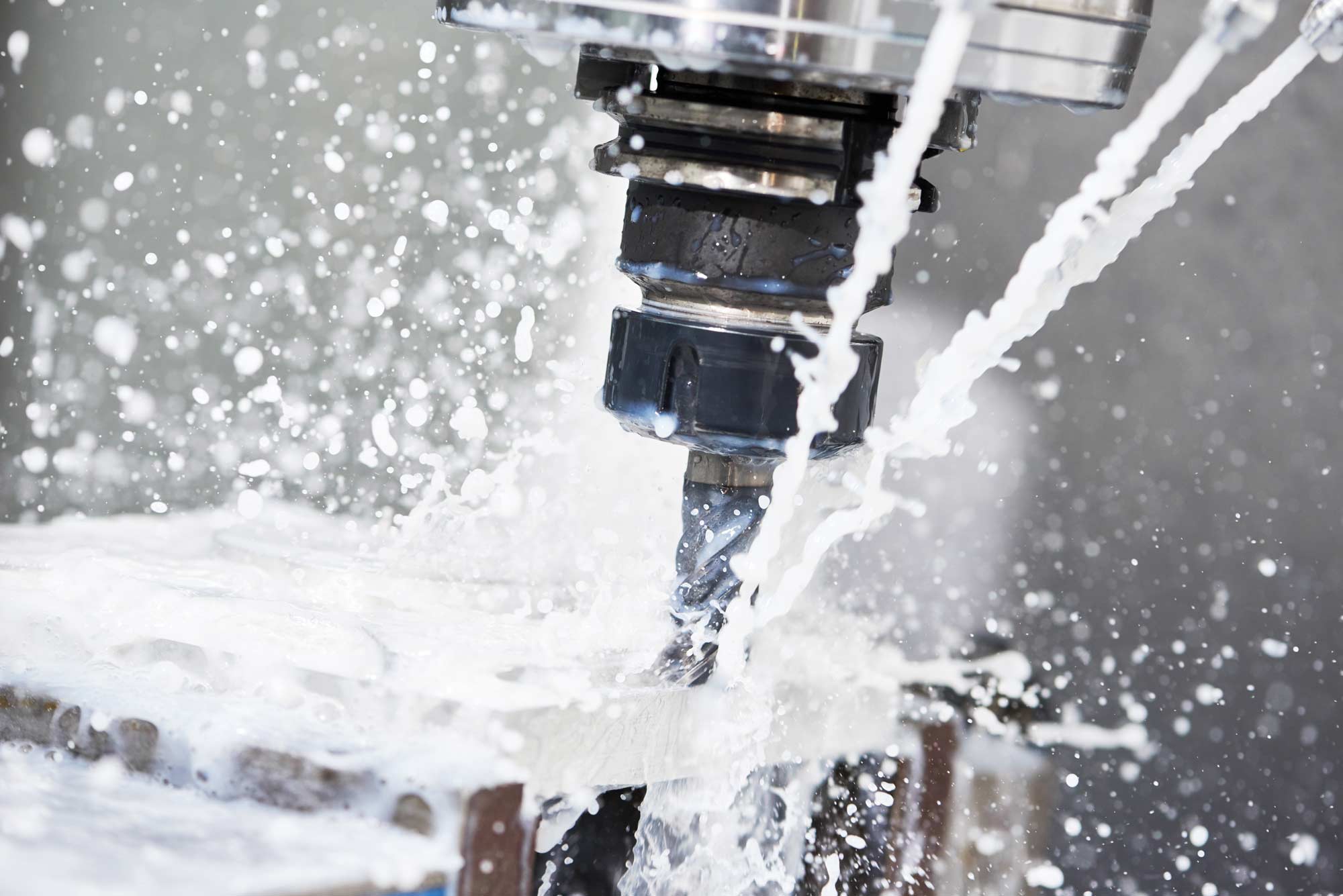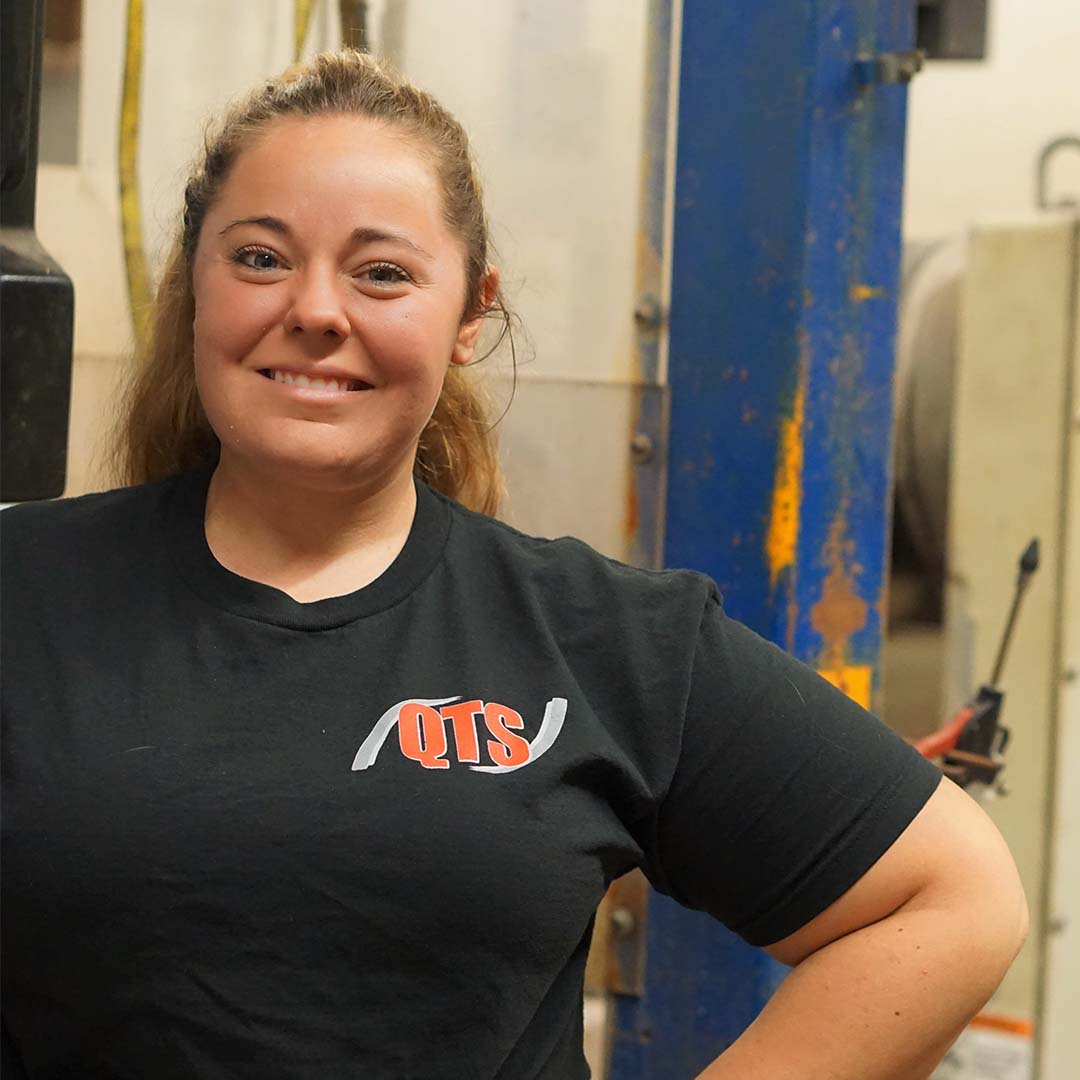Weld Fixture Design

Weld Fixture Design: A Practical Guide to Smarter Welding Solutions
This guide explores best practices in welding fixture design, highlights common challenges, and demonstrates how professional services like Quality Tool Service can provide tailored solutions to meet specific project needs.
Why Fixture Design Matters
In the manufacturing industry, welding fixtures are essential tools that hold and position the workpiece during the welding process. They ensure that weld joints are accurately aligned, leading to high-quality welds and minimizing defects. Effective fixture design is crucial for both manual and robotic welding systems, as it directly impacts weld quality, production efficiency, and overall operational safety.
A good welding fixture helps improve repeatability, reduce human error, and support automation. It becomes even more critical in robotic welding fixtures, where precision welding must be executed with little to no deviation. In this context, a well-designed fixture contributes to consistent quality, fewer quality issues, and reduced production cost over time.
Best Practices in Welding Fixture Design
Adhering to best practices in fixture design is key to achieving consistent and high-quality welds. Here are some fundamental principles:
→ Design for Repeatability and Consistency
Fixtures should be designed to position the workpiece precisely, ensuring each weld is performed under the same conditions. This consistency is particularly important in robotic welding systems, where repeatability is critical for successful welds.
→ Consider Robot Reach and Torch Access
In robotic welding, it’s essential to design fixtures that accommodate the robot’s range of motion and welding torch position. This prevents potential collisions and ensures the torch can access all necessary weld joints without obstruction.
→ Optimize for Loading and Unloading
Efficient fixture design facilitates easy loading and unloading of workpieces, reducing cycle time and increasing throughput. Incorporating features like quick-release clamps and ergonomic positioning can significantly enhance operational efficiency on the shop floor.
→ Ensure Rigidity and Stability
The fixture’s mainframe should be robust enough to withstand the forces exerted during welding operations. Minimizing deflection and vibration is crucial to maintain weld precision and prevent quality issues.
→ Allow for Thermal Expansion
Materials expand when heated during welding. Fixtures should be designed to accommodate this thermal expansion to prevent distortion of the workpiece and ensure dimensional accuracy. This is especially true when working with materials like stainless steel.
Common Challenges in Weld Fixture Design
Designing effective welding fixtures comes with its set of challenges:
→ Complex Geometries
Handling workpieces with complex shapes requires fixtures that can securely hold the part without obstructing the welding torch. Custom welding fixture designs are often necessary to address these complexities.
→ Material Variations
Different materials, such as cast iron or stainless steel, have unique properties that affect how they should be fixtured. Understanding these properties is essential to design fixtures that provide adequate support without causing damage or weld spatter.
→ Integration with Robotic Systems
Ensuring that fixtures are compatible with robotic welding systems involves precise design to match the robot’s capabilities and limitations. Misalignment can lead to increased cycle times and reduced weld quality.
→ Accommodating Various Types of Welding
Fixtures must be adaptable to different welding processes, such as tack weld, spot welds, full welds, and laser welding. Each process requires specific considerations in fixture design to support consistent weld quality.
Types of Welding Fixtures
Understanding the various types of welding fixtures helps in selecting the right solution for specific applications:
→ Modular Fixturing
These are versatile and can be reconfigured for different projects, making them ideal for short-run productions and prototypes. Modular fixturing systems offer flexibility and cost-effectiveness.
→ Dedicated Fixtures
Custom-designed for specific parts or assemblies, dedicated fixtures provide high precision and are suitable for high-volume production where consistency is paramount.
→ Manual Clamp Fixtures
Utilizing manual clamps, these fixtures are simple to design and use, making them suitable for low-volume assemblies or large, heavy parts. They allow welders to compensate for imperfect parts and enable strategic weld planning.
→ Pneumatic or Hydraulic Fixtures
These fixtures incorporate pneumatic or hydraulic clamps and are designed for higher efficiency. They are often used in automated or robotic welding systems and help reduce operator fatigue while providing consistent pressure.
Case Studies: Quality Tool Service’s Expertise
Quality Tool Service has a proven track record of delivering custom welding fixture solutions that address complex challenges:
→ Automotive Industry Application
For a leading manufacturer of electric vehicles, Quality Tool Service designed a robotic welding fixture that accommodated the unique geometries of battery enclosures. The solution improved weld quality and reduced cycle time, contributing to improved efficiency on the shop floor.
→ Pipe Manufacturing Enhancement
Collaborating with domestic tube producers, Quality Tool Service developed fixtures that stabilized pipe sections during laser welding. This innovation led to consistent quality, reduced weld spatter, and helped meet tighter tolerance standards.
→ Agricultural Equipment Manufacturing
For a producer of livestock handling equipment, Quality Tool Service created custom fixtures that streamlined the welding process. The fixtures ensured repeatable welds, reduced lead times, and improved overall product quality.
Advantages of Professional Fixture Design Services
Engaging professional services like Quality Tool Service offers several benefits:
→ Deep Industry Knowledge
With experience across various sectors of the welding industry, Quality Tool Service understands the nuances of different welding projects and can tailor solutions for specific applications.
→ Advanced Tools and Capabilities
By using advanced design software and simulation tools, Quality Tool Service delivers designs with tighter tolerances, better material handling, and consistent quality from concept to execution.
→ Custom Solutions for Every Challenge
Whether it’s a simple fixture design for a small part or a complex system for large-scale production, Quality Tool Service delivers solutions that meet each customer’s unique needs.
→ Improved Lead Times and Reduced Costs
Through better planning and efficient fixturing systems, Quality Tool Service helps metal fabricators reduce labor demands and manage production part cycles more effectively—even during labor shortages or new project rollouts.
Conclusion
Weld fixture design is a foundational element in producing high-quality, repeatable welds in both manual and robotic welding applications. The design process involves understanding the workpiece, the type of welding process, and the specific needs of the shop floor—from modular systems for flexibility to custom fixtures built for precision.
A good welding fixture takes into account everything from fixture material and contact points to how the fixture will perform under different thermal conditions. It should be engineered not only for the present task but also with the adaptability to serve future needs, especially in fast-evolving industries like electric vehicles.
Quality Tool Service stands out by offering well-designed fixtures that combine functionality, durability, and accuracy. Whether working with stainless steel assemblies or tackling challenges in short-run production, the right fixture can make all the difference.
By partnering with experienced tool designers and fabricators, manufacturers can gain access to fixtures that not only solve current problems but also open doors to new markets and better market share. If you’re beginning a new welding program or looking to improve your current welding projects, a professional fixturing solution may be the smartest next step.
In the area? Stop by, see the facility, and we’ll send you off with a free cooler of local Wisconsin favorites.
